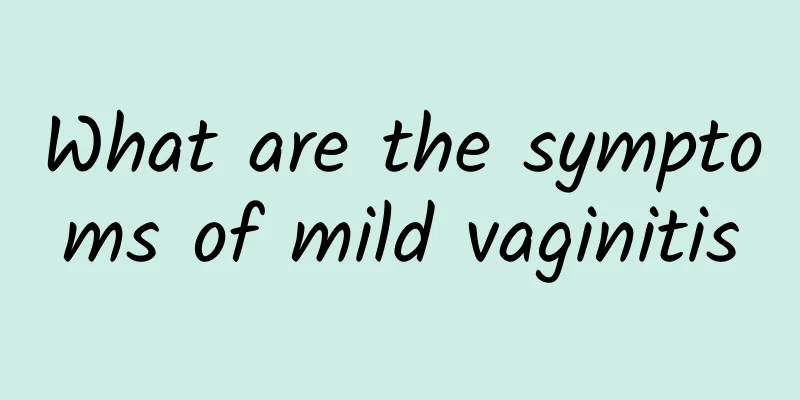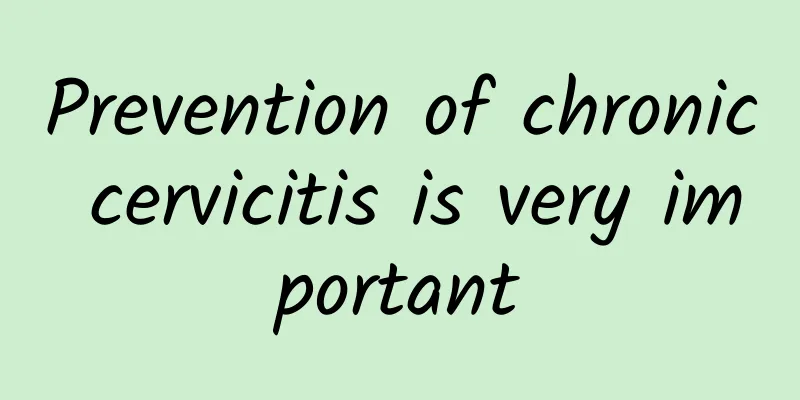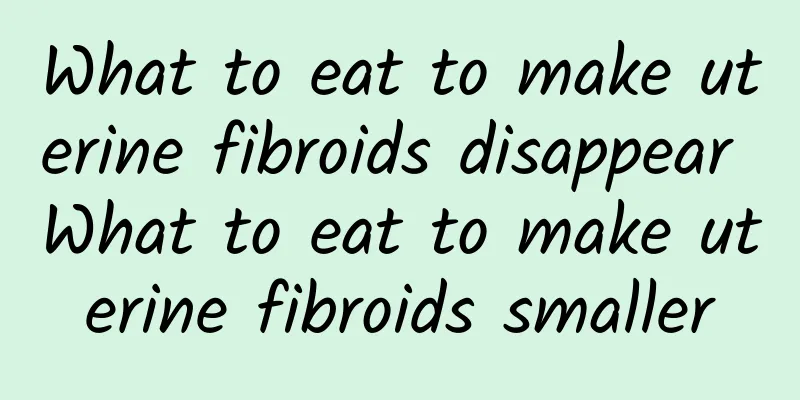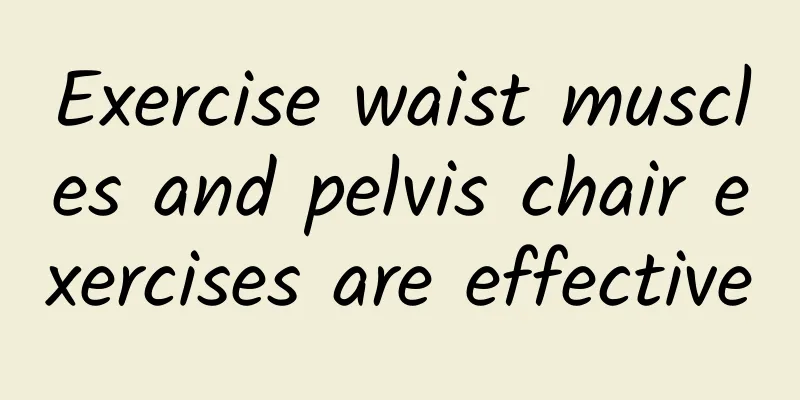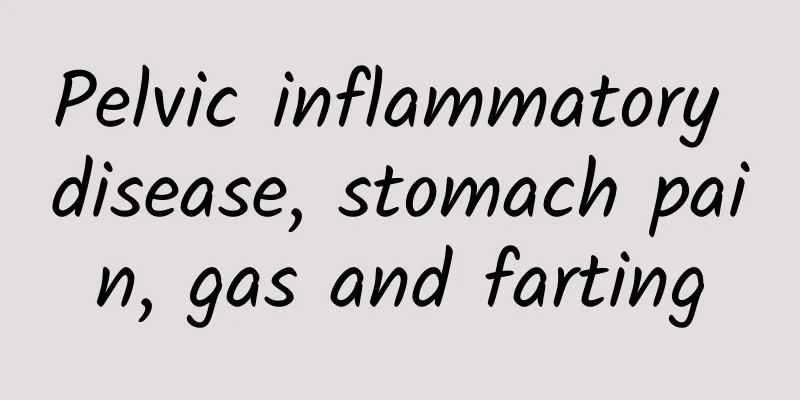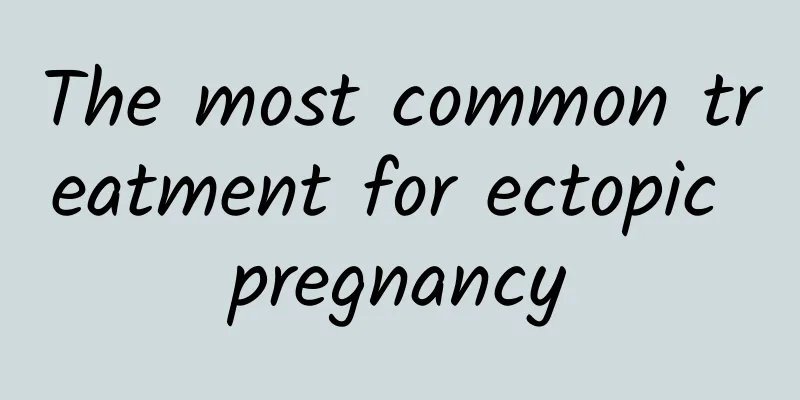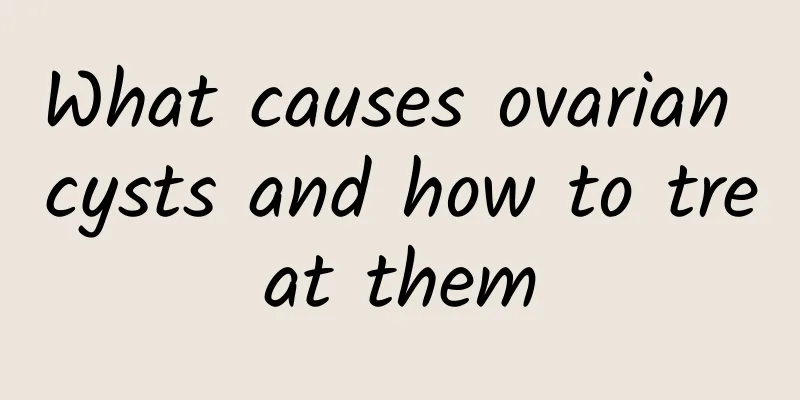Combining Chinese and Western Medicine to Cure Amenorrhea
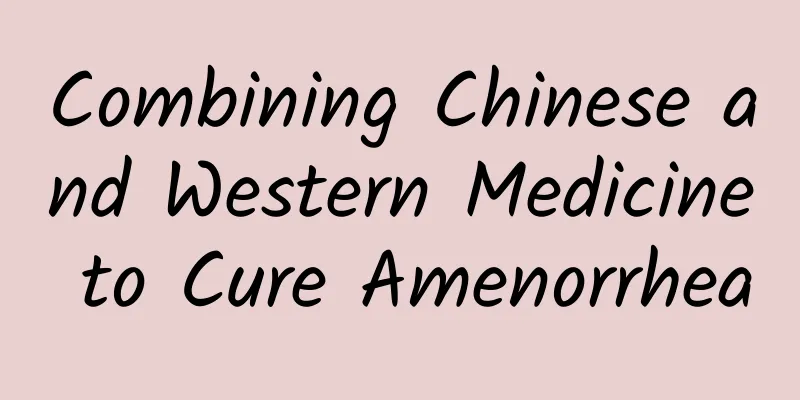
|
Can Chinese and Western medicine cure amenorrhea? Amenorrhea is a common endocrine disease in women, which is divided into primary amenorrhea and secondary amenorrhea. Primary amenorrhea refers to women who have not had their first menstruation by the age of 18; secondary amenorrhea refers to women who initially have normal menstruation, but then stop menstruating for more than 6 months due to illness, drugs or other reasons. Chinese and Western medicine have different treatment methods for amenorrhea. TCM treatment is based on the cause of amenorrhea and treats it according to the syndrome differentiation, and nourishes the body at the same time. TCM believes that amenorrhea can be divided into deficiency and excess. Excess is due to blood stasis and cold coagulation; deficiency is due to damage to Chong and Ren meridians and insufficient qi and blood. Treatment should be based on "draining the excess" and "tonifying the deficiency", and prescriptions should be used in combination with different symptoms. For example, amenorrhea caused by abortion is caused by mechanical damage, so when treating it, it should be considered to include kidney qi and Chong and Ren meridians in order to recover as soon as possible. There are also some women who are born with insufficient kidney qi, have multiple illnesses in childhood, or have excessive sexual intercourse after marriage. These situations often damage the kidneys, which can cause loss of Chong and Ren meridians, emptiness of blood sea, and irregular menstruation. Amenorrhea caused by ovarian insufficiency or premature aging in modern medicine mostly belongs to this category. For such patients, the general principle should be to warm and tonify kidney yang and regulate Chong and Ren meridians. It can be seen that TCM treatment of amenorrhea should first find the cause and treat it according to the syndrome differentiation. In addition, traditional Chinese medicine acupuncture and plaster therapy also have very good effects on treatment, and patients can be treated under the guidance of a doctor. Western medicine can be divided into systemic treatment, hormone therapy, artificial assisted reproduction, surgical treatment and other methods according to the cause. For example, for amenorrhea caused by intrauterine adhesions, the uterine cavity can be dilated, adhesions can be separated, intrauterine devices can be placed to prevent re-adhesion, and estrogen and progesterone can be used to promote endometrial hyperplasia and exfoliation. For ovarian or pituitary tumors, surgical treatment can be performed after diagnosis. Anti-tuberculosis treatment is given to patients with genital tuberculosis. For patients with congenital ovarian dysplasia, or those whose ovarian function is suppressed or destroyed to the point of functional failure, exogenous ovarian hormone replacement therapy can be used. These patients lack normal follicles and oocytes and do not secrete sex hormones. If estrogen or estrogen and progesterone artificial cycle therapy is given, the patient's physiological and psychological state of estrogen deficiency can be corrected, the reproductive organs and secondary sexual characteristics can be promoted to a certain degree of development, sexual life can be improved, and periodic withdrawal bleeding similar to menstruation can be caused. External plaster Some hospitals have a unique secret recipe of traditional Chinese medicine to make plasters, which are effective in treating amenorrhea. Generally, patients should wipe the skin of the corresponding application area with ginger first, and then take a patch of plaster and stick it directly on the Shenque point (navel), and change it every other day. The plaster is applied to the acupoints, and the drug effect is transmitted to the blood through the skin, mainly to nourish the kidney and replenish qi, nourish blood and regulate menstruation, and activate blood circulation, remove blood stasis and dredge meridians, comprehensively regulate female functions, accelerate the blood circulation of the female uterus, make menstrual blood flow smoothly during menstruation, and then restore menstruation to normal. Acupuncture treatment Acupuncture can have good results in treating gynecological diseases such as amenorrhea. The main point is Changqiang. If the effect is not obvious, add acupuncture points. The patient lies prone, and the acupuncture point is selected in the depression between the lower end of the coccyx and the anus. The needle is inserted 1 inch deep, and strong stimulation is applied. The needle is retained for 20 minutes, and the needle is moved once every 5 minutes. Acupuncture points, the first three points are needled, medium stimulation, tonification method or flat tonification and flat drainage method. This therapy must be performed by a professional acupuncturist. Chinese medicine and diet therapy There are many types of Chinese medicine with different effects, which are suitable for the treatment and conditioning of many chronic diseases or difficult and complicated diseases. Women with amenorrhea can eat more Chinese medicine diet recipes with the effects of promoting body fluid, nourishing blood, nourishing yin, etc., or they can ask nutritionists to reasonably match the ingredients and regulate their bodies. |
<<: What are the Chinese patent medicines for treating amenorrhea?
Recommend
Five common causes of menstrual cramps
Dysmenorrhea can seriously affect people's no...
Dietary taboos for uterine leiomyoma What can you eat for uterine leiomyoma
Uterine fibroids are the number one disease for w...
Why do women get uterine fibroids? What are the causes of uterine fibroids?
1. Causes of uterine fibroids: The cause of uteri...
Can I eat peaches if I have pelvic inflammatory disease? There are great benefits
For some women with pelvic inflammatory disease, ...
The main reasons why women suffer from cervical erosion
Cervical erosion is a serious gynecological disea...
Can hugging help you lose weight and fight aging? 8 benefits of holding your own
Hugs can warm up people's feelings, but they ...
Experts explain what are the symptoms of ectopic pregnancy?
Do you know the symptoms of ectopic pregnancy? Ho...
Analysis of the classification of pelvic inflammatory disease from the perspective of traditional Chinese medicine
Traditional Chinese medicine classifies pelvic in...
Symptoms of abnormal leucorrhea and delayed menstruation
Abnormal vaginal discharge and delayed menstruati...
No starch for dinner? Falling into these 4 weight loss traps can prevent you from losing weight
Trying to lose weight but not being able to do so...
Postmenopausal vaginal bleeding is the main symptom of menstrual irregularity
Once a woman has irregular menstruation, it indic...
Several very effective preventive measures for ovarian cysts
In order to reduce the incidence of ovarian cysts...
Is it expensive for patients with bacterial vaginosis to see a Chinese doctor?
Nowadays, many female friends are troubled by bac...
Can I have an ultrasound at 38 days of pregnancy? Can I take medication to have an abortion at 50 days of pregnancy?
Generally, a normal pregnancy takes 10 months, bu...
The difference between uterine effusion and uterine fibroids
Bacteria retrograde infection reaches the pelvic ...

